Frozen Laptop Screen: 5 Reliable Fixes
A frozen laptop screen is a common issue that happens to many of us, but it can be frustrating when you’re in the middle of something important. It does not necessarily mean there is anything seriously wrong with the system and for many users, a reboot is all that’s needed.
Nonetheless, if your frozen laptop won’t turn off or you’re experiencing extra heat or loud noises, you should troubleshoot the problem to make sure it’s not a reoccurring issue.
When my laptop screen recently froze, I discovered a number of overlapping problems. Here’s more about why screens freeze, how I fixed it, and how you can too.
What causes a frozen laptop screen?
Your laptop screen might freeze with or without the trackpad or keyboard responding or it could simply slow to such a degree that it’s unusable. Some of the most common reasons for this include:
Overheating –If your laptop is overheating, the processor or graphics may stop functioning, causing the screen to freeze. This can be caused by dust buildup inside, a malfunctioning fan, or using the laptop in a hot environment. Overlocking is also a common cause of overheating and display issues.
Failing RAM – RAM modules are responsible for storing temporary data that the computer is currently using. If the RAM is faulty, it can cause data corruption and lead to screen freezing.
Failing Graphics Card – Similarly, the GPU is responsible for rendering images on the screen. If the graphics card driver is outdated, corrupted, or the component itself is faulty or overheating, it can cause the screen to freeze, display artifacts, or cause a black screen.
Malware – Malware and viruses can interfere with the operation of your laptop and cause a variety of problems, including screen freezes and corrupted system files.
Corruption – Windows system files are essential for the proper functioning of your laptop. If system files, DLLs, or the Windows Registry are corrupted, it can lead to instability and screen freezes. This can be caused by malware, failing hardware, and overheating, due to data loss at the time of the error.
What to do before fixing a frozen laptop screen?
Before doing something drastic like taking the laptop to a repair store or reinstalling Windows, there are a few things you can do that might get things running immediately.
1. Hard Shutdown
Even if your frozen laptop won’t turn off the normal way, you should still be able to perform a hard shutdown by holding down the power button for several seconds. At this point, it’s a good idea to disconnect the power adapter and let it sit for a few minutes to cool before turning it back on.
In many cases, the issue is just a random blip and will not happen again.
Note: If the power button does not shut down the laptop, it’s safe to pull the power adapter or even the battery, if it simply clips out, in order to power it off fully. You shouldn’t do this normally because it could cause data loss and you shouldn’t keep using this method if the problem isn’t resolved.
2. Scan for Malware
Once you restart your laptop, before performing any resource intensive tasks, use Windows Virus & threat protection or a reputable antivirus program to perform a full system scan. That way, if malware is the cause, you know the issue won’t return and your system is free from threats.
3. Update Windows
If you’ve been leaving an update waiting or a previous Windows update failed, now’s the time to check for and complete any updates. This ensures the system has the latest security patches and any failed updates are replaced with a full set of valid system files.
4. Check Task Manager for Resource-Hungry Software
After booting and entering the desktop, right-click on the taskbar and select the Task Manager. This shows all the current programs and processes running on your laptop. You can sort the list by memory or CPU usage, which will reveal the most resource-intensive applications.
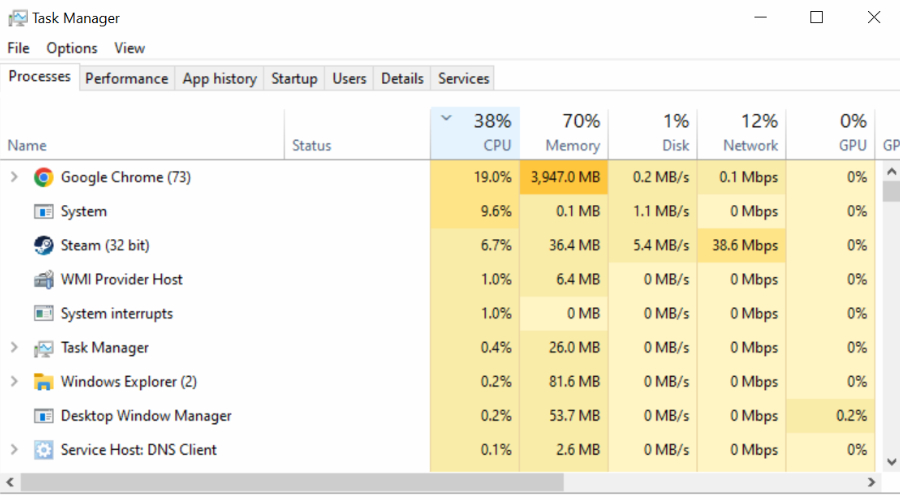
While it’s common for browsers, games, and video or photo editing software to consume a lot of resources, no single process should be hogging everything. It’s possible that a specific program is badly coded and causing memory leaks. In this case, you should uninstall it or check for the latest updates.
If your CPU or memory is always running high, this can cause the system to freeze and overheat, which compounds the problem.
5. Reverse Overclocking
If you have recently overclocked your system, consider going back to the default settings or using a lighter overclocking profile.
5 methods to fix your frozen laptop screen
For many users, the above will solve the issue. If not, the following is a list of further troubleshooting and repair methods.
1. Check and Update Drivers
1. Check if your hardware has a software utility to update its drivers. This installs the latest drivers automatically. If not, visit the manufacturer’s website, find your component model, and download the driver files manually.
2. To check and update drivers, type Device Manager in the start menu search bar and open the program of the same name.
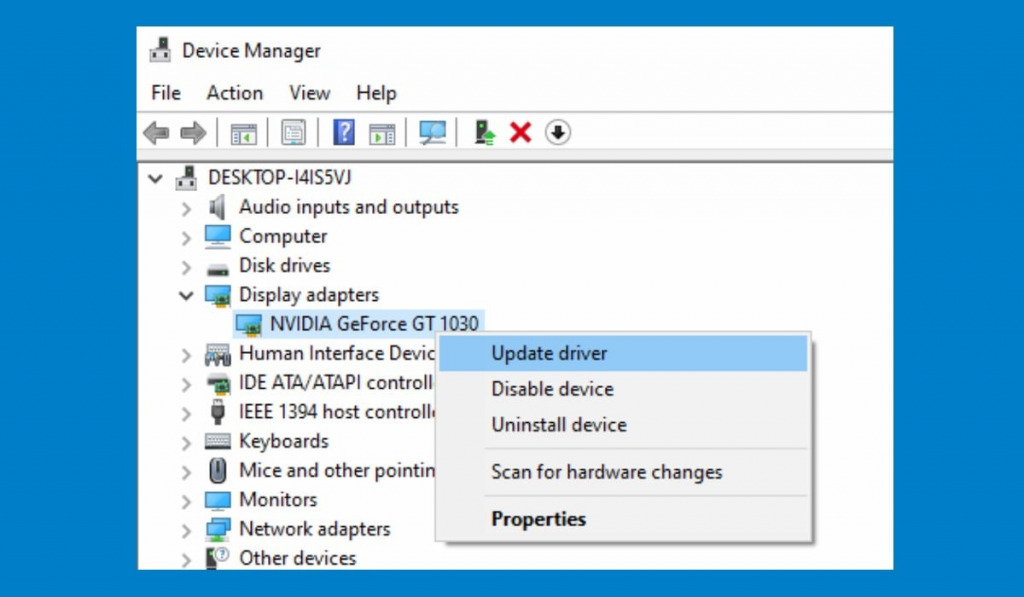
3. Look for yellow warnings that indicate a driver needs updating or the device is dysfunctional. Pay special attention to the display adapter, otherwise known as the graphics card (GPU).
4. Right click on a device and select Update Driver, then browse to the driver files you downloaded in step 1.
2. Run Memory Diagnostics
If you suspect the problem is memory related, you can use the Windows Memory Diagnostic app to detect any issues.
1. Type memory in the start menu search bar and open the Windows Memory Diagnostic tool.
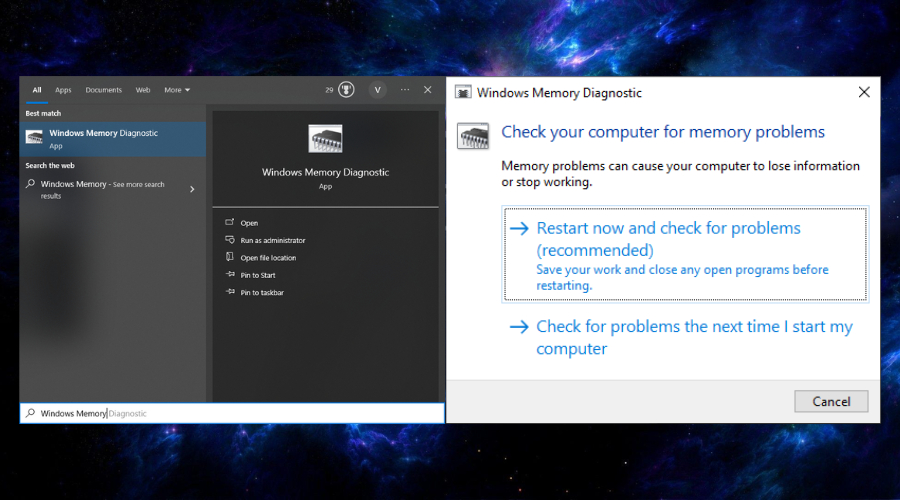
2. Click the restart now and check for problems option.
3. Wait for the process to finish and display the results.
The diagnostic tool often provides recommendations on how to address any issues. This might include checking for loose memory modules, reseating them, or replacing faulty modules.
Note any specific error codes and Google them for further information. Not all memory problems are physical and can be caused by system corruption.
3. Use Fortect
As a comprehensive Windows repair tool, Fortect can detect and fix many Windows problems that can cause a laptop screen to freeze. This includes overheating, missing or corrupted system files, and a broken Windows Registry.
1. Download and Install Fortect on your laptop.
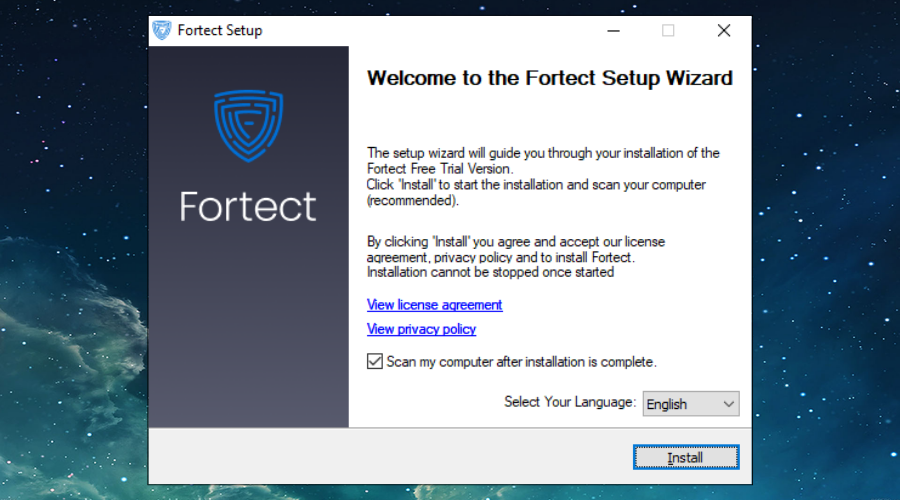
2. Launch the software and run a scan, which only takes a few minutes.
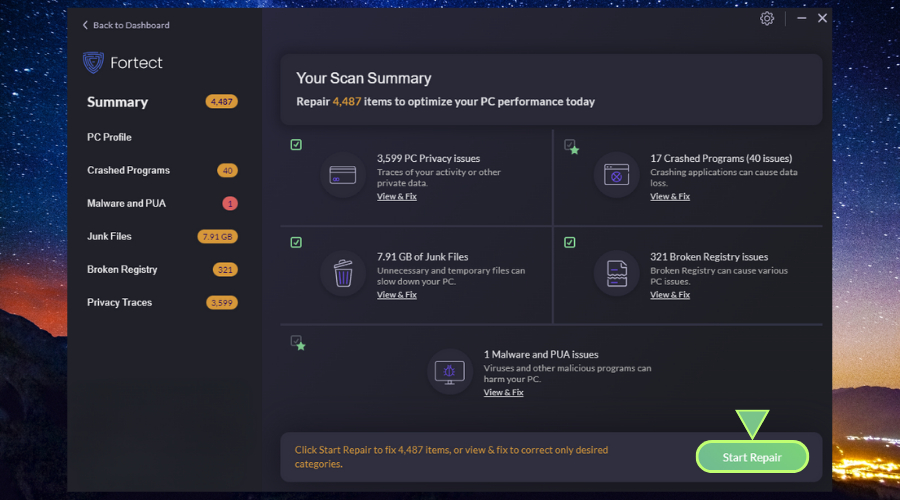
3. When the results appear, Click Start Repair and it will automatically repair system corruption by replacing files with fresh versions from its database.
Fortect also removes unneeded temporary files, browser caches, and other junk that may be harming your laptop’s performance.
4. Use SFC and DISM
Windows also has some in-built tools that can repair system corruption. One is the System File Checker, which checks for damaged files and replaces them. The other is the Deployment Image Servicing and Management tool, which checks the structure of the Windows system based on a working image of the operating system.
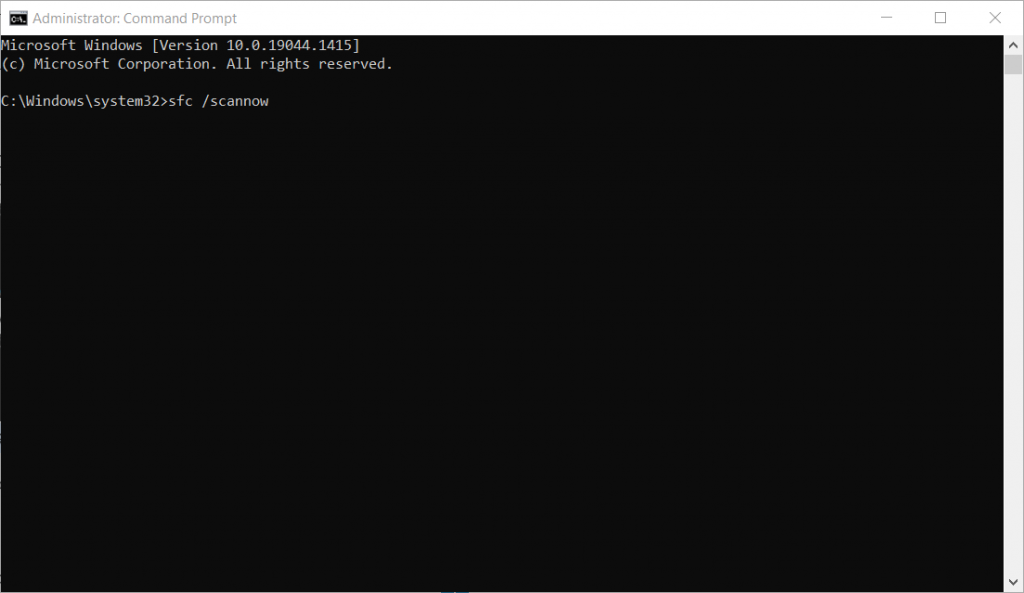
1. Type CMD in the start menu search bar to find the Command Prompt, then type following into the and press Enter: sfc /scannow
3. Wait for the process to complete and your laptop may restart.
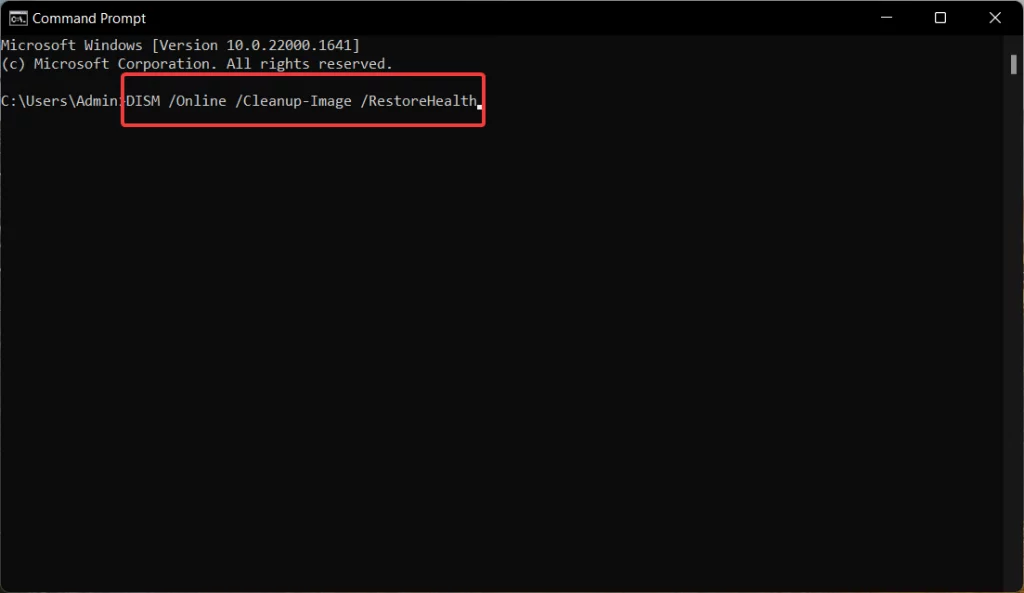
4. Reopen the Command Prompt and type the following command: DISM /Online /Cleanup-Image /Restorehealth
5. Wait for the process to complete and your laptop may restart.
5. Use System Restore
If your laptop has a restore point schedule, you can load a previous version of the system prior to the frozen laptop screen issue. This will roll-back any undetected settings and system files that might be causing the problem.
1. Use the start menu search bar and type restore to find the Create a restore point utility.
2. From the Recovery window, click Open System Restore.
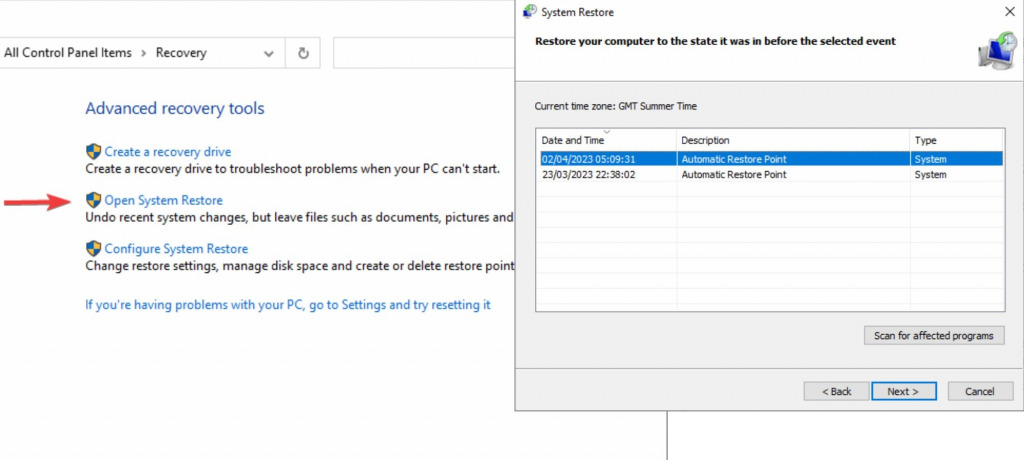
3. Choose a restore point date prior to the laptop screen freezing.
4. Your laptop will restart to complete the process.
The final word on fixing frozen laptop screens
There isn’t always a clear cause for a frozen laptop screen and many problems can come together to cause system instability. While a hard shutdown can get you over a temporary hiccup, the above methods provide a full health check.
Fortect combines many of Windows’ own utilities with helpful extras like automatically fixing the registry. Running a scan every few weeks keeps your laptop humming along nicely and should prevent a frozen screen from reoccurring when hardware isn’t the problem.




